The European Route of Historic Thermal Towns provides a unique and magical train experience.
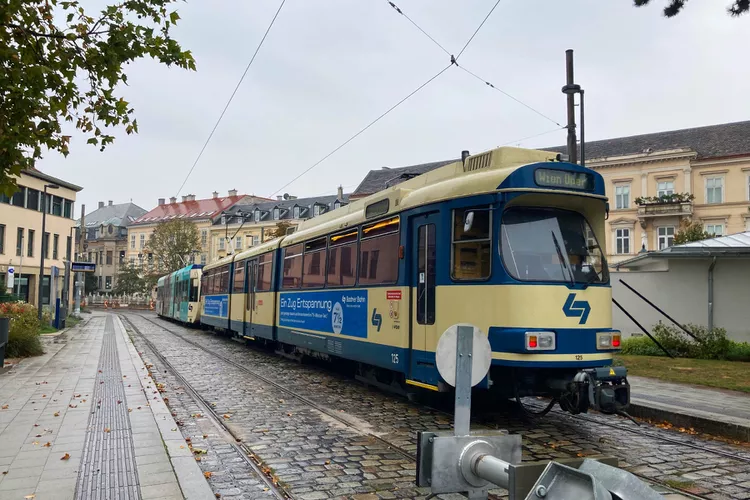
I imagine knights on horseback galloping toward the historic castles at the top, towering over the Rhine River, as I look out the window at the perfectly straight rows of green grapes climbing up the softly sloping hills. A waiter approaches and inquires about our needs for food or beverages as I'm relaxing in a nice seat on a train with a small group of journalists. A few minutes later, a chilled beer and hot chili are delivered. This is so much better than having to remove my coat and shoes, sit in a cramped aircraft seat, empty my backpack of electronics, dump my water, and stare at the clouds after standing in several lines. And on top of that, the train I'm on is emitting a lot less carbon dioxide. Small, old communities that can't be reached by flights are much simpler to reach, even though it takes me longer to get there.
I'm currently travelling along a short section of the Council of Europe-approved European Route of Historic Thermal Towns, one of more than 45 such routes.
We start our journey at Spa, Belgium (yep, that is the city's real name), one of 11 settlements in seven nations that UNESCO named a "transnational serial" World Heritage Site in 2021. Thermal springs in spas were first recorded about 2,000 years ago and quickly gained a reputation as tranquil retreats. It takes about two hours by train to go to this favorite of Czar Peter the Great from Brussels.

The 10,000-person town's streets are lined with cafes, cheese shops, and bakeries that sell meringue pastries. As they pass, locals say "bonjour" in a welcoming manner. The city's jumping clown symbol and the mascot of the locally produced bottled water, Pierrot (Peter, as in the Great), is depicted in ten bright statues that dot the streets. And in the middle of it all is the casino, a fixture of old spa towns.
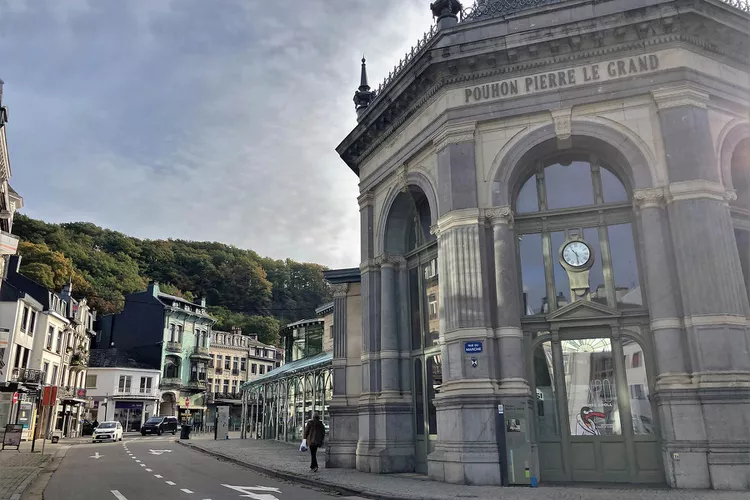
We explore the area before taking the funicular up to Thermos de Spa. The spa is supplied with three different types of water: one for drinking, one for the pools, and one for both drinking and spa services. The flavor of the water varies depending on which spring it comes from, however all water coming directly from thermal springs tastes of salt and Sulphur due to the concentrations of minerals underneath. Some even provide some pleasantly surprising natural carbonation.

We enjoy swimming in pools that range in temperature from polar plunge cold to amah, I'm never getting out when we leave the locker room and enter the thermal areas. We check out each indoor and outdoor pool, shower, and sauna before unwinding with a beer and changing before dining at the hotel's Michelin-listed restaurant, La Court de la Reine.
Wiesbaden is a city of well-being, luxury and beauty. Lined with magnificent neoclassical buildings, it is one of Europe's oldest spa towns. #EnjoyGermany pic.twitter.com/RTBv6J0KAs
— Visit Germany (@VisitGermanyUK) November 4, 2019
The next morning, we take a short stroll to the train station where we board the 4.5-hour train to Bad Ems, Germany. We have Interrail passes that provide us seven days of unrestricted travel within a month as we travel. With a few exclusions, we can travel without reservations with this pass, giving us flexibility in case a train is running late or our plans change. We shortly come into another advantage.

We make a halt in Cologne, Germany, to switch trains after two and a half hours of travel. We have time on our 40-minute connection to stop by the Cologne Cathedral. It is a 775-year-old architectural marvel, a UNESCO World Heritage Site, and once the highest building in the world, rising towering immediately across the street from the major train station. Although we don't have enough time to completely explore it (doing so could take a day or more), we do get the opportunity to soak in both its exterior and interior splendor. Although we could have used the automatic luggage storage system at the train station, one other traveler keeps an eye on our bags. We could even board a later train to continue exploring if we didn't have a strict plan to follow.
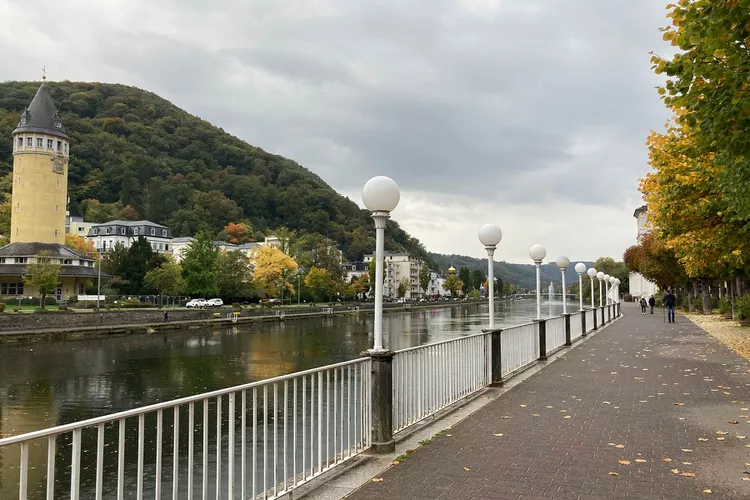
Spa,” In the 17th and 18th centuries, Bad Ems was one of Germany's most well-known bathing destinations. It developed into a hotspot where celebrities, politicians, singers, and writers congregated. Our local guide points out the numerous structures bordering the riverfront that date from the beginning of a boom time in the 1820s to the 1860s, even though we don't spot any celebrities while strolling down the river on this wet afternoon. Posters advertising "Depart Paris at 9 p.m. and arrive in Bad Ems at 9 a.m." appeared soon after the railway was constructed in 1858. The casino, Spa Theatre, and Marble Hall are located as we continue down the old colonnade, another distinguishing feature of mediaeval thermal towns. Gold chandeliers with a creamy yellow paint finish dangle from dark green silks. The ceiling and walls are covered in intricate ornamental tiles that give visitors the impression that the famous composer Offenbach could enter the space at any time.
https://www.travelandleisure.com/trip-ideas/best-places-to-travel-in-2020
While some of our group opt to ride the town's funicular, the majority of us decide that a warm thermal bath is the ideal way to cap off an educational but chilly and rainy walking tour. We pass the Old Town Hall on our way back to the contemporary Emser ThermenHotel, which has rooms adorned in royal blue. The Old Town Hall has an arc of 12 bells hanging from it, and they ring out a variety of tunes three times each day.
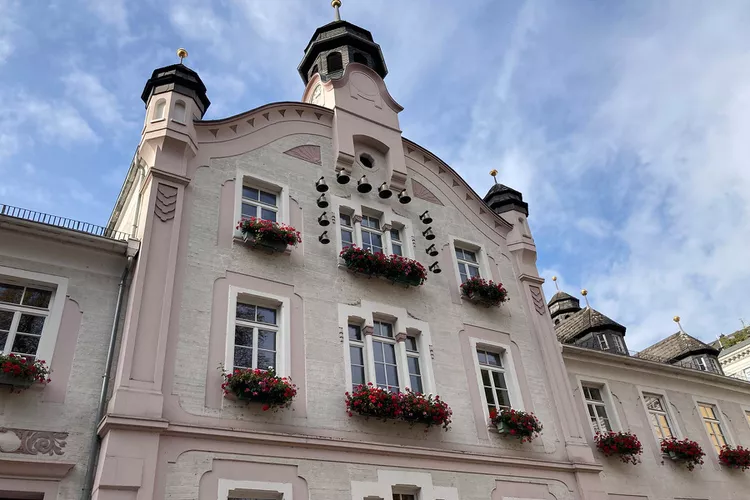
The big entry area featuring saunas, steam rooms, showers, and lockers is filled with fully naked bathers, serving as a reminder that coed bathing is typical in Germany and Austria before my travel companions and I arrive at the hotel's thermal pools (nudity is often a requirement to use some areas of facilities). I enter the shower area and quickly rinse off before exploring the numerous thermal pools that are bubbling up in various patterns. Large, soothing bubbles emerge from beneath our backs and butts, thermal rain showers fall from deep-blue lights, and outside whirlpools wrap us in circles. Finally, we make our way outside to the dry sauna by the river. The coed sauna asks for nudity whereas the pools demand clothing, so we strip off and no one notices.
When we rise, our hotel serves a substantial breakfast. I would spend the morning at the restaurant and the entire day at the thermal spa if I didn't have a train to catch. But the train calls, and by eight in the morning we are back on the tracks. Nine hours of excellent travel time on the train today. Only 15 minutes prior to our departure, another benefit of taking the train, we arrive at the station.
We kill time by reading, taking naps, working (there is Wi-Fi), and taking in the breathtaking scenery. This portion of our route passes through the Middle Rhine Valley, which was designated a UNESCO World Heritage Site, charming villages, hills topped with mediaeval castles, and the Lorelei rock, which is well-known in poetry, music, and folklore for its role in the legend of the siren Lorelei, who called to fishermen from the rock, diverting their attention with her beauty and causing them to crash their boats into the rocks below.
When we arrive at Baden bei Wien, which is another way of saying Baden near Vienna, we take a transfer to our hotel, At the Park, which is both its name and location because it is situated on the edge of Carpark. The 200-year-old park is dotted with Beethoven Temple and other monuments, as well as vibrant floral gardens, fountains, and other structures. The greatest site to see the sunset is from the top of the hill in the southeast corner of the park, where this domed structure covered in ivy stands as a tribute to the composer.
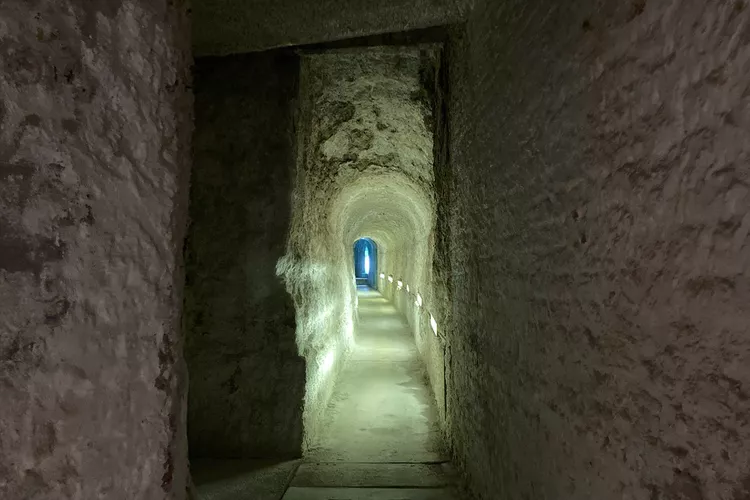
We're prepared to embark on our local guide's walking tour after a restful night's sleep. Baden bei Wien, which has 26,000 residents, is a little bigger than the towns we've seen so far. Although the gloomy October day keeps most people inside, it's not hard to picture the wide pedestrian streets crowded with people in the spring and summer. After strolling through the park, we descend to investigate the small passageways that lead to a glass dome that provides a view of the original spring, which is still flowing after countless years.
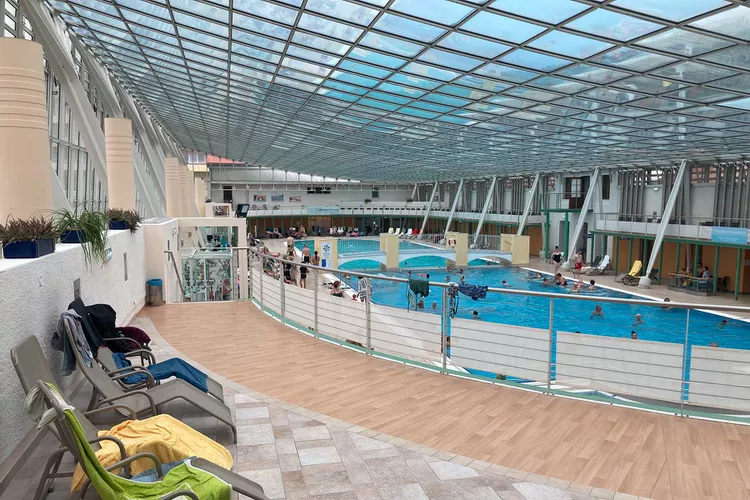
Moving on, we arrive at the Beethoven Haus, a museum situated in the structure where the composer spent some of his 15 summers in Baden. He wrote the "Ode to Joy" section of his Ninth Symphony in this location, in a first-floor apartment with pastel-pink and green painted walls (amazingly uncovered during restorations). After that, we go to the Arnulf Rainer Museum. The museum, which showcases the works of contemporary artists, is located in a chic former bathhouse that dates back to 1821. The architecture is just as remarkable as the artwork and blends seamlessly with the history of the city, with paintings hanging above submerged marble tubs and in old changing rooms.
Another train voyage arrives in the late afternoon; this one will take you to Budapest, the capital of Hungary, in just three hours. The 123 hot springs that flow beneath the city fill a significant number of spas, making it by far the biggest city we visit on this trip. We immediately travel to the renowned Danube River for a supper cruise with folk musicians and dancers. There is no need for additional entertainment given the waterfront's breathtaking scenery.

A glance at Sporty, the spa party conducted at Széchenyi Thermal Bath every Friday and Saturday night, brings the evening to a close. We move on to Rudi's Bath because the throng there, complete with DJs, lasers, and hundreds of revelers dancing and drinking in the large outdoor pools, is a little too young for us. One feels as though they have travelled back in time in the five pools of the 450-year-old Turkish bath on the bottom level, which is encircled by columns with arches on top and domed ceilings. The mineral richness of the waters is evidenced by the powerful Sulphur odor. We ascend to the small, contemporary thermal pool at the top of the building after relaxing in each pool. Even while the view of the Danube and the illuminated buildings across the street is beautiful, this particular Saturday night is far too crowded with revelers and couples. The day is over, and it's time for bed.
On our last day, we return to Széchenyi and take advantage of the numerous indoor and outdoor pools, saunas, and steam rooms. However, Széchenyi stands out for its size (it's large) and magnificent architecture.
It's time to terminate our excursion now that our skin is drenched in water and we are as calm as one can be. Others take the train, while others of my travelling friends fly home. I take a taxi and get to my apartment in about 15 minutes. Even still, I have a little bit of envy for the train passengers. I'm obviously addicted to this more environmentally friendly, unhurried, and tranquil mode of transportation.

